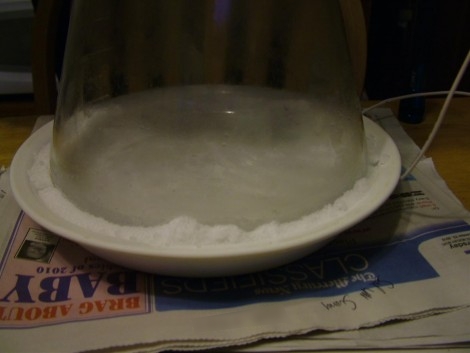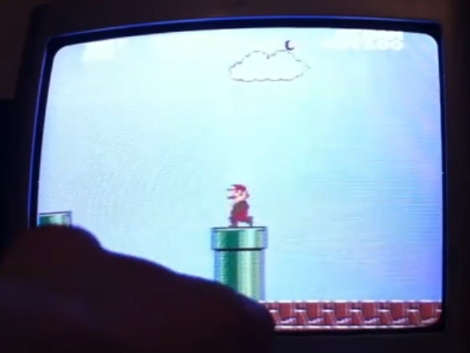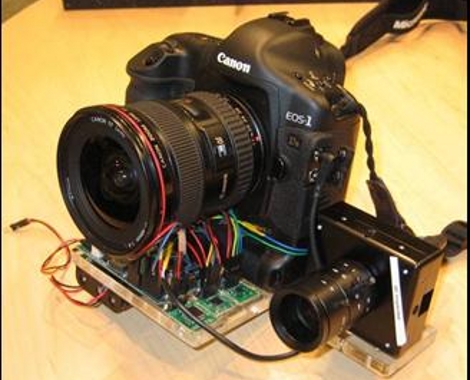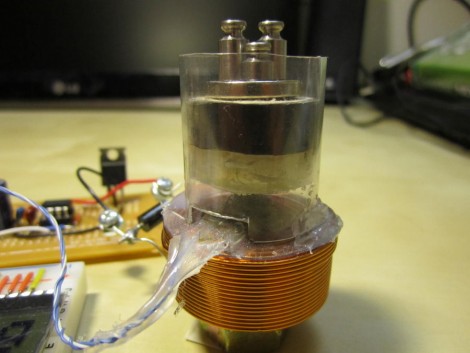
Teen hackers get ready to compete for cash and prizes. Google, the big G itself, is sponsoring a Science Fair but it’s not in a town near you, it’s online (no surprise there). Project entries will populate the content of a new corner of the Googleverse, with contestants 13-18 competing alone or as a team. The grand prize is a trip to the Galapagos Islands for ten days, but there are also cash scholarships for all of the winners. Check out their promo video for the event after the break.
If you’re a college student who’s too old to be eligible don’t forget to keep your eyes open for details about 2011 Google Summer of Code. Last year’s information is still up, but they usually release the details sometime in the first quarter.
















